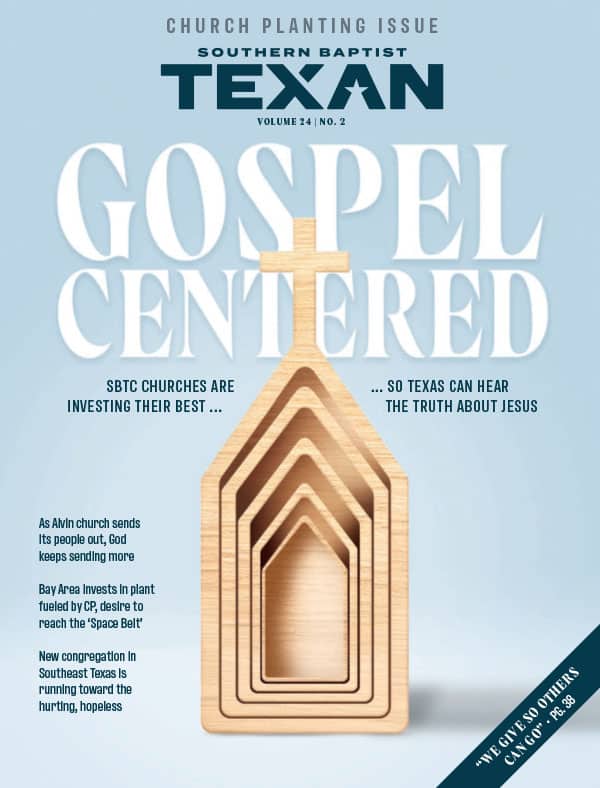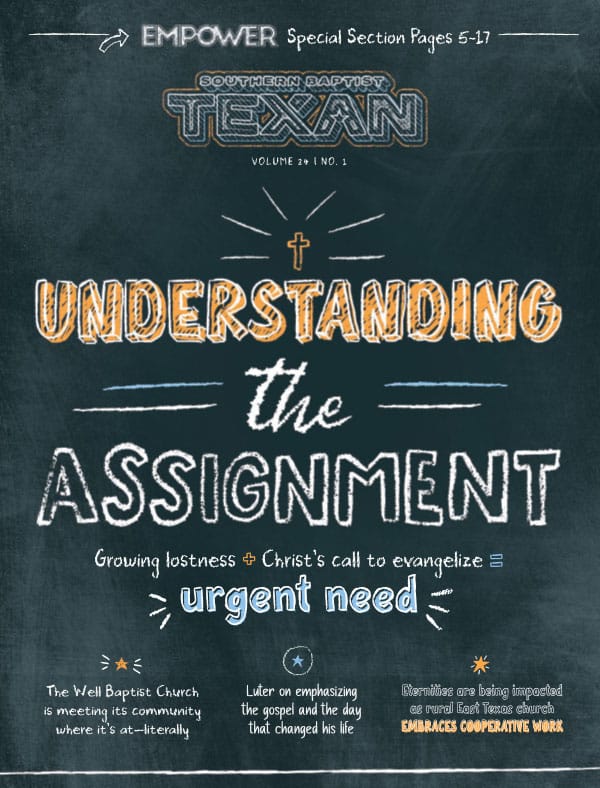Planned Parenthood celebrated its 100-year anniversary last October. Since 1916, founder Margaret Sanger’s vision for this organization, reflected in its very name, was that every child be a wanted child. But underneath this mantra lay an ambition of systematic eugenics along with her belief that “the most merciful thing that a large family does to one of its infant members is to kill it.”
Planned Parenthood has performed approximately 7 million abortions of the 57 million pre-born lives ended since abortion was legalized. And that’s just here in the United States. To put that number in perspective, 57 million is about one-sixth of the U.S. population and rivals the number of atrocities committed by Joseph Stalin. This number would be similar to the genocide of the entire nation of South Africa, or South Korea, or Spain.
Further, of that 57 million, minorities are disproportionately represented. African-Americans make up less than 13 percent of the total population in the United States yet comprise between 30-35 percent of abortions. In fact, a black American woman is five times more likely to have an abortion than a white American woman.
Among professing Christians, abortion is rightly decried as a modern-day Holocaust, the killing of millions of defenseless unborn lives under the political protection of court systems and the facilitation of taxpayer funding.
Pro-life convictions are in our spiritual DNA. As far back as the second century, the early church condemned the practice of abortion, a stance that contributed to twice as many women converting to Christianity than men.
But there’s another characteristic of the early church that doesn’t seem to have the same urgency here in America, at least not in our conversations on important social issues. And it happens to be inextricably linked to the prevalence of abortions in our communities: If we’re going to be truly pro-life, we must also be anti-poverty.
Consider this: In 2014, 49 percent of women who had abortion procedures had incomes at the federal poverty level, i.e., a single woman with no children living on $11,670 year or less. (An additional 26 percent of women who had abortions in 2014 had incomes between $11,670 and $23,340 per year.) Inability to afford a child is among the top reasons a woman has an abortion; a 2004 study found that 74 percent of women having an abortion cited financial constraints.
What organizations like Planned Parenthood leave out of their marketing strategies is how much money they make off a woman in poverty.
Put yourself in her shoes: A new mother can expect to spend about $2,400 on diapers, formula and baby food alone. And that doesn’t count the cost of things like furniture, clothes or childcare. And it doesn’t even include the medical bills for labor and delivery (which average over $9,000). Perhaps she could apply for government assistance, like the WIC program? In that case, she must not earn more than $2,500 a month without losing the additional income. This means she will be caught in the limbo of not earning enough to support herself and her child independently, but not earning so much that she is unqualified for financial help.
For the single woman with an unplanned pregnancy living on less than $12,000 per year, raising a child seems impossible. For her, a five- to 10-minute procedure at a neighborhood clinic for about $450 seems like a way out.
Perhaps this reinforces why pro-life advocacy that focuses on the mother rather than the unborn child has proven more effective. According to a study titled “Profile of a Woman with an Unplanned Pregnancy,” a woman may agree that having an abortion means killing an unborn child and even agree that abortion is morally wrong. However, as the study explains, “that is the price a woman in that situation is willing to pay in her desperate struggle for what she believes to be her very survival.” The woman with an unplanned pregnancy believes her entire life is at stake.
Yet, in her fear and uncertainty, the woman considering an abortion will likely not hear about her increased risk of addiction, eating disorders or future infertility, along with the shame, guilt and difficulty in relationships she will likely endure. To quote the study again: “The terrible miscalculation of young women is that abortion can make them ‘unpregnant,’ that it will restore them to who they were before their crisis. But a woman is never the same once she is pregnant, whether the child is kept, adopted, or killed.” These are the life-altering realities that a woman having an abortion may not discover until she has to live with them.
And this is how the abortion industry exploits economically vulnerable women.
This isn’t to say that all issues should have the same priority. But it does mean we cannot afford to be morally selective. We cannot work to end abortion while being ignorant of, or unmoved by, the social and economic factors that often contribute to it.
If we, as the people of God, considered the abortion-vulnerable woman as our responsibility, perhaps she wouldn’t feel like an abortion was her only option. Perhaps she wouldn’t feel quite so alone.
Our spiritual forefathers considered care for the poor an essential practice of our Christian faith (Galatians 2:10, see also 1 John 3:18, Proverbs 31:8-9). The apostle James even makes this an issue of discipleship, one that proves the validity of our saving faith (James 2:14-17). He asks what good it does if we see someone’s material need, tell her to live as though her need has been met, yet do nothing to contribute to her situation. For James, this would undermine our very profession of faith. How much more would it undermine our pro-life message?
Have we who claim the name of Christ abdicated our responsibility of care for the poor among us, especially economically vulnerable women, to state-sponsored programs? Or worse, do we become dismissive, and even perhaps a bit cynical, when our government attempts to fulfill our ministry?
If we’re going to speak up for the unborn, we have to speak up for the poor. If we’re really pro-life, we must also be anti-poverty.
Katie McCoy is assistant professor of theology in women’s studies at the College at Southwestern, the undergraduate school of Southwestern Baptist Theological Seminary. This article first appeared on BiblicalWoman.com.










